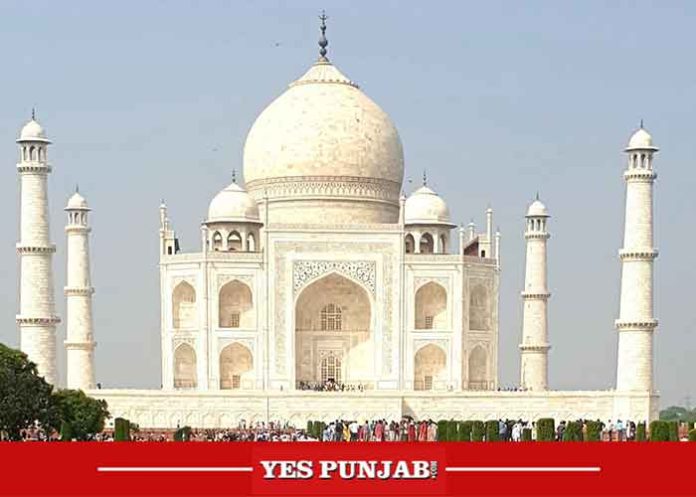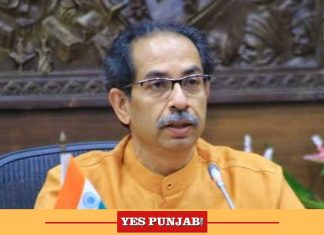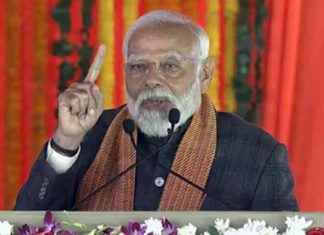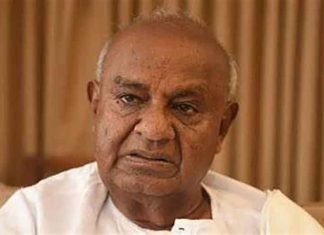Agra, July 31, 2022- Can Agra, the city of the Taj Mahal and half a dozen other historical monuments, that annually attract millions of visitors, cope with the exploding human and automobile population? This question is baffling the town planners and the ruling party politicians who look for answers to sort out the great urban predicament.
Agra district’s population has crossed five million. Keeping pace is the phenomenal increase in the number of vehicles on the roads. In addition to more than two million registered vehicles, Agra also sees thousands of vehicles from other states using the two Expressways and several national highways criss-crossing the city.
To add to the woes of the locals, the exploding simian, bovine and canine population are major concern areas that the city planners need to address urgently.
The alarming rise in the number of private vehicles has hastened the collapse of the traffic management system if ever there was one. Long traffic jams, angry commuters, increased street fights and accidents are the daily features of the traffic scenario in the Taj city. Can anything be done to save the city from degenerating into a civilisational sink?
Local citizens’ forums and voluntary organisations say that the first major step should be to recognise and respect the rights of the pedestrians and the humble cyclists who should always get a favoured treatment on the roads. The second is to plan mobility management and not traffic management. Humans have to be the chief focus of urban planning, not vehicles and accommodation, the activists demand.
The use of private vehicles has increased in the eco-sensitive Taj Trapezium Zone, spread over 10,400 sq km, reflecting the general level of economic growth in the region. Private vehicle usage share in Agra of total motorised transport is relatively higher compared to metros.
However, the city planners are hopeful that by the time the Metro rail project takes shape in two years, there would be a considerable reduction in the number of private vehicles. Work is fast progressing on the 30-km metro network scheduled to be operational before the 2024 general elections.
Environmentalist Devashish Bhattacharya says that Agra, Mathura and Firozabad have high levels of killer pollutants in the ambient air. The PM10, NO2, SPM, and RSPM levels are alarmingly high even after three decades of pollution-fighting measures that the Supreme Court initiated in 1993, on the recommendations of the high-powered S. Vardarajan committee.
“The number of cars and two-wheelers have crossed the number of walk and cycle trips. The city is beginning to cross the tipping point.”
Experts say that the city is paying a very high price due to traffic congestion on almost all roads. Traffic jams lead to fuel wastage, more pollution and serious economic losses. A normal commuting time has increased significantly during peak hours. On many arterial roads, the traffic volume has exceeded the designed capacity and the service level of the roads.
Recently the state government has introduced electric buses on the main routes.
“We expect the air pollution level to come down in coming months.” an official of the municipal corporation said.
With the increased number of vehicles on the roads, the acute parking problem has been further compounded, leading to encroachments, congestion on roads and heavy pollution.
Town planners say all soft options have now been exhausted. The way forward is to steadily reduce personal vehicle usage, upgrade public transport, promote cycling and walking and switch over to less polluting, efficient fuel consuming vehicles in Agra, the internationally recognised heritage city.
Luckily, cities in the TTZ have shown an appreciable growth in CNG programmes bringing down significantly toxic diesel emissions, despite the higher price of CNG in Uttar Pradesh.
But, Agra and the whole of TTZ which has till now largely neglected air quality management, deserves judicial intervention, more drastic measures to contain pollution and more importantly a higher level of awareness to change the mindset and the behavioural patterns of the citizenry, said members of the ‘River Connect Campaign’ which has been long fighting to save the dying Yamuna river in Agra. (Agency)
CLICK HERE to like YesPunjab.com Facebook Page for regular updates






































































